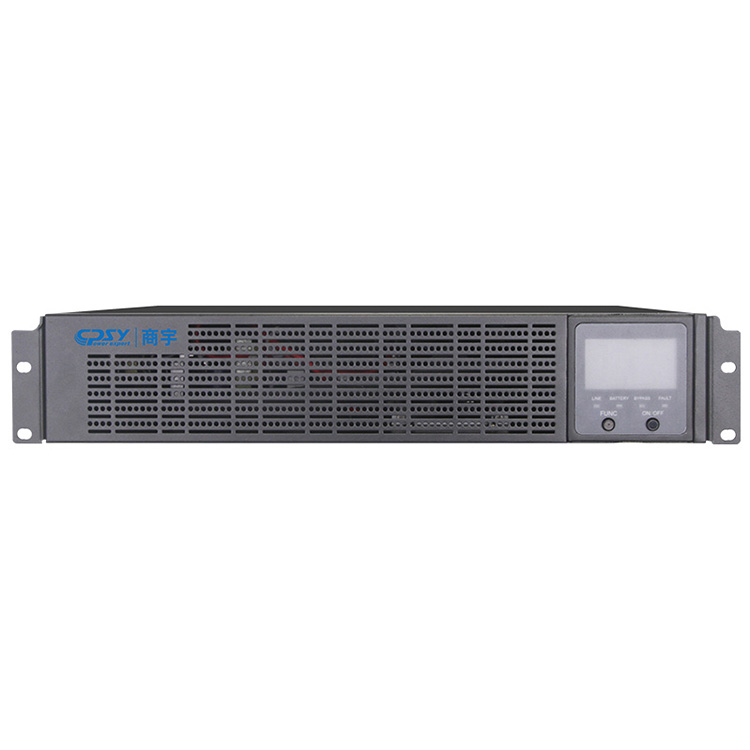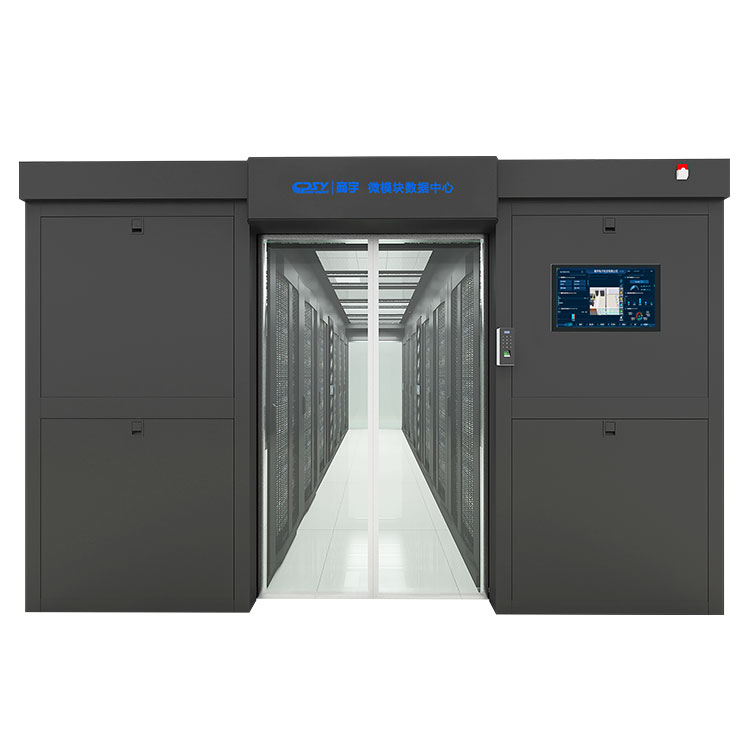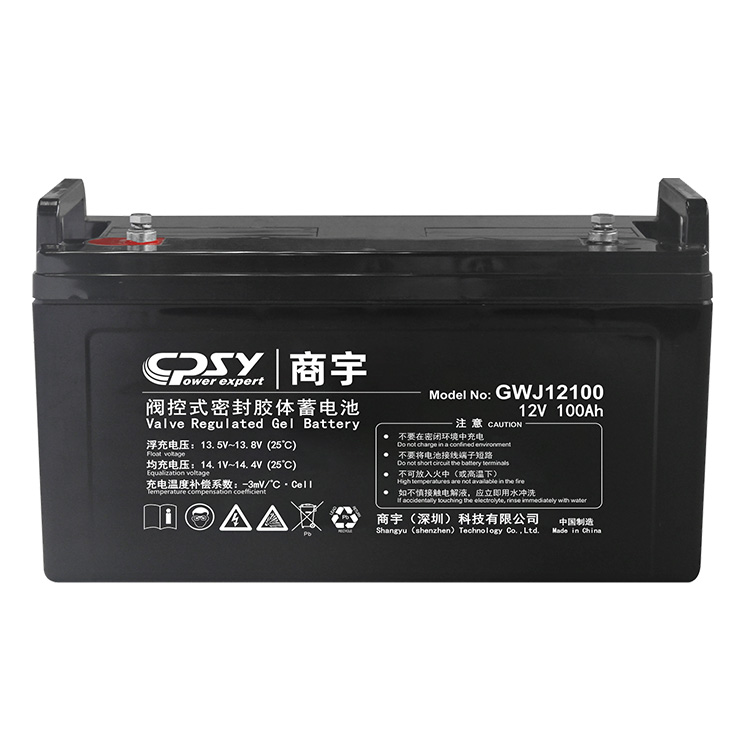- English
- Español
- Português
- русский
- Français
- 日本語
- Deutsch
- tiếng Việt
- Italiano
- Nederlands
- ภาษาไทย
- Polski
- 한국어
- Svenska
- magyar
- Malay
- বাংলা ভাষার
- Dansk
- Suomi
- हिन्दी
- Pilipino
- Türkçe
- Gaeilge
- العربية
- Indonesia
- Norsk
- تمل
- český
- ελληνικά
- український
- Javanese
- فارسی
- தமிழ்
- తెలుగు
- नेपाली
- Burmese
- български
- ລາວ
- Latine
- Қазақша
- Euskal
- Azərbaycan
- Slovenský jazyk
- Македонски
- Lietuvos
- Eesti Keel
- Română
- Slovenski
- मराठी
- Srpski језик
Products
China Solar Battery Manufacturers, Suppliers, Factory
Shangyu CPSY® is a manufacturer and solution provider focusing on uninterruptible power supply systems and new energy fields. In addition to charging piles, our new energy sector also includes solar panels, inverters, solar battery and other solar system products. Shangyu solar batteries are mainly lead-acid batteries, supplemented by lithium batteries. The lead-acid batteries have passed MSDS, UL, IEC60896, TLC and other certifications. They use 99.994% pure new lead, advanced AGM separators, and two layers of epoxy resin sealing. , waterproof and fireproof ABS shell, etc., with a low self-discharge rate of 3% and an allowed charging current of 0.25C. The lithium battery has passed MSDS, UN38.0, UL, TLC and other certifications, with a low self-discharge rate of 2% and an allowed charging current of 0.25C. 0.5C, mainly serving wheelchairs, electric toys, medical equipment, solar and wind energy, power tools, and control systems. Nearly 10,000 users of uninterruptible power supply systems, emergency systems, electric vehicles, golf carts, off-road vehicles, etc.
At present, the solar battery we use are mainly lead-acid, supplemented by lithium batteries. The main application scenarios of solar battery is data centers, telecommunications and 5G base stations, rail transit and tunnels, hospitals, schools, banks, hotels, coal mines and Oil exploration, financial and commercial districts, government buildings, military camps, police offices, cold chain logistics parks, distribution network areas, multi-site integration, zoos, parks and clubs, electric ship shore power, islands, line side, etc. In solar photovoltaic power generation systems, commonly used energy storage batteries and devices include lead-acid batteries, alkaline batteries, lithium-ion batteries, lithium iron phosphate batteries, nickel metal hydride batteries and supercapacitors, etc., which are used in different occasions of solar photovoltaic power generation. or in the product. The following is a comparison table of various types of energy storage batteries:
| Item | Lithium Battery | Ternary lithium battery | Lead-acid batteries | Lithium iron phosphate battery | Sodium sulfur battery | Flow battery | Lithium manganate battery | Lithium cobalt oxide battery |
| Cell energy density | 150-350 Wh/kg | 180-300Wh/kg | 100-200 Wh/kg | 100-180Wh/kg | 760Wh/kg | 50-100Wh/kg | 100-150Wh/kg | 108-240Wh/kg |
| Cycle life | 800-2000 times | 800-2000 times | 300-1200 times | >2000 times | >8000 times | 500-1000 times | 500-2000 times | 500-1000 times |
| Charge and Discharge performance | Good | Good | Difference | Generally | Very good | Poor | Better | Good |
| Safety | Good | Better | Generally | Good | Generally | Generally | Good | Difference |
| Low temperature performance | Good | Good | Difference | Generally | Good | Poor | Good | Good |
| Service life | 8-10 years | 8-10 years | 3-5 years | 8-12 years | 10-15 years | 1-3 years | 2-6 years | 1-3 years |
| Cathode material price | 100,000 yuan/ton | 198,000 yuan/ton | 20,000 yuan/ton | 56,000 yuan/ton | 98,000 yuan/ton | 20,000 yuan/ton | 42,000 yuan/ton | 320,000 yuan/ton |
| Cathode material | Lithium cobalt oxide, lithium manganate, lithium nickel oxide | Lithium nickel cobalt manganate (Li(NiCoMn)O2) | lead dioxide | Lithium Iron Phosphate | sulfur | Metal oxide | manganese oxide | Lithium cobalt oxide |
| Negative electrode material | Lithium metal or lithium alloy | Nickel,cobalt, manganese oxides | lead | Lithium Iron Phosphate | metallic sodium | Metal oxide | Lithium manganese oxide | Lithium cobalt oxide |
| Standard Voltage | 3.7V | 3.7V | 2V | 3.2V | 2.7V | 2-2.5V | 2.5-4.2v | 3.7V |
| Cutoff voltage | 2.5V | 3.0V | 1.8-2.3V | 2.5-2.8V | 2V | 2.5V | 2.8V | 2.3V |
| electrolyte | non-aqueous electrolyte solution | Lithium salt organic solvent electrolyte | Dilute sulfuric acid electrolyte | Lithium salt organic solvent electrolyte | Ceramic tube | electrolyte salt | Lithium salt organic solvent electrolyte | Lithium salt organic solvent electrolyte |
| Safety performance | High | High | Middle | High | Generally | Low | Low | Low |
| advantage | Long service life, high storage energy density, light weight and strong adaptability | The energy density is high and the volume of the same capacity is small. | Safe sealing, air leakage system, simple maintenance, long service life, stable quality and high reliability | Excellent charge and discharge performance, no memory effect, long life, good high temperature resistance, good safety performance, environmental protection | High energy density, no self-discharge, 100% discharge efficiency, long life | Flexible layout, long cycle life, fast response, no harmful emissions | High energy density, low cost, high safety and stable low temperature performance | High tap density, good stability, stable structure and good product consistency |
| shortcoming | Poor safety, explosive, high cost, limited use conditions | Thermal stability is poor, internal short circuit is prone to open flames, capacity decays quickly, and life is short. | Lead is more polluting and has low energy density (that is, it is too bulky) | The energy density is low, the volume of the same capacity is larger, the low-temperature performance is slightly reduced, and the manufacturing cost is high. | Melting sulfur and sodium at high temperature 350℃ | Energy density varies greatly | Poor high temperature performance and relatively short life. | The safety is poor, the cost is very high, the cycle life is average, and the material stability is not very good. |
| Application scenarios | Power and energy storage batteries | Power and energy storage batteries | Power and energy storage batteries | Power and energy storage batteries | Power and energy storage batteries | Power and energy storage batteries | Small power and energy storage battery | Consumer batteries, such as laptops, mobile phones, MP3/4 such |
Shangyu CPSY solar battery is mainly valve-regulated sealed maintenance-free lead-acid batteries (divided into ordinary lead-acid batteries and gel batteries) and iron phosphate batteries. In terms of lifespan, iron phosphate carp batteries > gel batteries > ordinary lead-acid batteries; in terms of price, iron phosphate carp batteries > gel batteries > ordinary lead-acid batteries. Compared with traditional open batteries, valve-regulated sealed lead-acid batteries have the following characteristics:
(1) The sealing degree is high. The electrolyte is absorbed in the high-porosity isolation plate like a gel and will not flow easily, so the battery can be placed horizontally.
(2) The plate grid of the valve-regulated sealed lead-acid battery is made of antimony-free lead alloy, and the self-discharge coefficient of the battery is very small.
(3) The positive and negative plates of the battery are completely surrounded by isolation plates, so the effective substances are not easy to fall off and have a long service life.
(4) The volume of valve-regulated sealed lead-acid batteries is smaller than that of old batteries, but the capacity is higher than that of old open batteries.
(5) The battery does not need to add any liquid during long-term operation. At the same time, no acid mist or gas will be generated during use, and the maintenance workload is minimal.
(6) The battery has small internal resistance and good high-current discharge characteristics.
It is precisely because of the above advantages that valve-regulated sealed lead-acid batteries are called "maintenance-free batteries". In recent years, it has been widely used in various professional departments of power systems.
When using valve-regulated sealed lead-acid batteries, you need to pay attention to the following points:
(1) Normally, the battery should be cleaned with a damp cloth. If it is wiped with dry things, static electricity can easily be generated, and the static voltage can sometimes be as high as thousands to tens of thousands of volts, posing a risk of explosion.
(2) Due to its special structure, the valve-regulated sealed lead-acid battery is more sensitive to the surrounding environment and temperature. If the battery is operated under high temperature conditions for a long time, its service life will be greatly reduced. Therefore, the temperature of the computer room should be controlled below at least 25°C. Correct maintenance and use can extend the service life of the battery to 10 to 15 years.
(3) The normal voltage of a single battery of a valve-regulated sealed lead-acid battery is 2.23~2.25V, and the recommended value by most manufacturers is 2.25V. The floating charge voltage recommended for communication professionals is 53.6~53.8V. The choice of floating charge voltage is the key to using the battery. Because the self-discharge coefficient of the battery is extremely small, it does not require too high a voltage. If the float charge voltage is too high, it will not only increase the float charge current and increase energy consumption, but also accelerate the corrosion of the positive electrode grid and shorten the battery life. However, if the float charge voltage is too low, the battery will be in a state of power loss due to insufficient charging, resulting in accelerated battery scrapping. Users can adjust the float voltage according to their actual conditions to make it work at its best.
(4) Batteries with different capacities, old and new, different manufacturers, and different specifications cannot be mixed and connected for use due to their different characteristic values.
(5) Since new batteries inevitably lose part of their energy due to self-discharge during transportation and storage, they should not be put into operation immediately after installation. Necessary charging should be performed before use to restore battery energy.
(6) For batteries that have been idle for a long time, they should be charged every six months. Self-discharge cannot be allowed, and they will eventually be damaged due to loss of energy.
Since it is a maintenance-free battery, the usual workload is very small. The main peripheral work is to create a clean and constant temperature environment for battery operation and pay attention to changes in float voltage.
(7) Do regular battery maintenance work:
① Check the total voltage of the battery pack and the voltage of a single battery every six months. If necessary, cut off the AC power supply and discharge the battery with load for a period of time before observing and testing. If any deviation is found, handle it in time.
②Check the connection parts once a year for looseness. The battery terminals and connections can be protected by applying Vaseline.
The main advantages of solar photovoltaic power generation are:
(1) No risk of depletion;
(2) Simple structure, small size and light weight;
(3) High energy quality, with a maximum conversion rate of more than 47%;
(4) Easy to install, easy to transport, short construction period, and short time to obtain energy;
(5) Easy to use, simple to maintain, and can work normally in the temperature range of -50℃~-65℃;
(6) Safe and reliable, no noise, no pollution emissions, absolutely environmentally friendly (no pollution);
(7) It is not restricted by the geographical distribution of resources, and can take advantage of the beautiful appearance of building roofs; for example, areas without electricity and areas with complex terrain;
(8) The construction period is short, price reduction is fast, and the energy repayment time may be shortened;
(9) It can be matched with the solar battery to form an independent power supply, or it can be connected to the grid to generate electricity, so that the family can supply it by itself.
(10) It can generate power on site without consuming fuel and erecting transmission lines;
The main disadvantages of solar photovoltaic power generation are:
(1) Solar energy utilization equipment must have a considerable area.
(2) The application of solar energy is affected by climate, day and night.
(3) Technical limitations lead to low energy utilization, low efficiency, and high equipment investment.
(4) Using solar battery will also cause great pollution.
Transmission lines can generate electricity and supply electricity on site
The main disadvantages of solar photovoltaics are:
(1) Solar energy density is low and covers a large area;
(2) Photovoltaic power generation is intermittent and random;
(3) At present, compared with thermal power generation, the cost of power generation is high.
(4) The manufacturing process of photovoltaic panels is not very environmentally friendly. The by-products of silicon tetrachloride (highly polluting and highly toxic waste liquid), hydrogen, chlorine, etc. are indeed produced during the production process.
(5) The situation of solar energy resources in various regions is different, so photovoltaic power generation is highly regional.
- View as
Deep Cycle GEL Battery
As the number of battery customers around the world continues to increase, many customers report that due to unstable power supply during the day and short mains power hours, the battery power is consumed very quickly and cannot be fully charged, resulting in a shortened battery life and the need for frequent replacement. This is because if the battery is deeply discharged at night and cannot be fully charged during the day, the battery will sulfate after a few months of operation and the capacity will decrease rapidly, causing the battery to lose power quickly.
To this end, our R&D personnel have specially developed a tubular deep cycle gel battery, using tubular plates to replace the old plate design, which improves the utilization of the plates. Even if the battery is not fully c......








